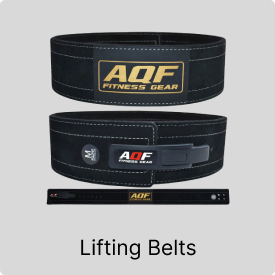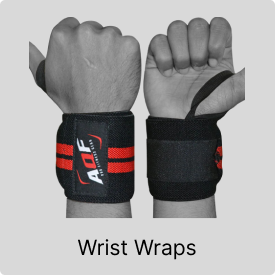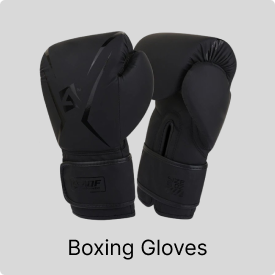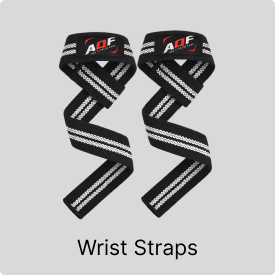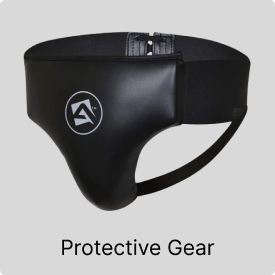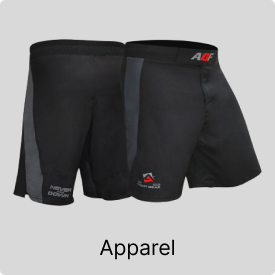How to Prevent Common Weightlifting Injuries with the Right Gear: Belts, Shoes, Wraps, and More
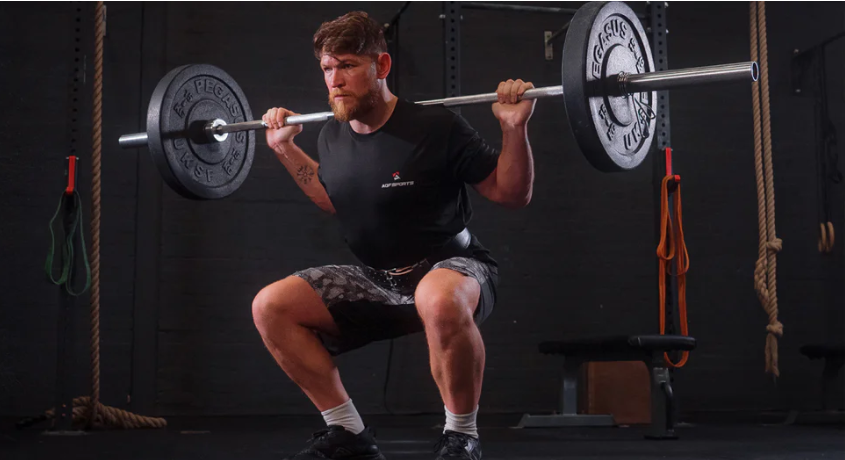
Have you ever felt a sudden pain or ache while working out? At first, it might not seem like a big deal, but these small pains can turn into bigger injuries if you’re not careful. Weightlifting injuries account for approximately 36% of all gym-related injuries according to the National Electronic Injury Surveillance System (NEISS).
Weightlifting is great for building strength, but without proper technique and gear, you risk common injuries in weightlifting. Most injuries don’t happen from lifting heavy weights, but from using bad form or not wearing the right gear.
The right equipment can protect your body and help you lift better. Things like good shoes, a lifting belt, or wrist wraps are not just extra items. They help keep your joints safe, help you keep the right form, and can stop injuries before they happen.
Let’s look at how using the right gear can keep you safe and strong.
Key Takeaways
- Most weightlifting injuries happen because of bad form or not using the right gear.
- Belts, wraps, sleeves, and proper shoes help protect your body and make lifting easier.
- Gear only helps if you also use good form and train smart.
Why Injuries Happen in Weightlifting
Before we get into the gear, let’s clear something up: most weightlifting injuries don’t happen because the weights are too heavy. They happen because we lift incorrectly.
Here are the main reasons people get hurt while lifting:
- Bad form: Not using your body the right way when lifting.
- Overtraining: Lifting too much without enough rest.
- Wrong or no gear: Not using the right support gear or none at all.
- Lifting too heavy too soon: Trying to lift more than you’re ready for.
- Skipping warm-ups: Not warming up or stretching before you lift.
Injuries like sprained wrists, torn muscles, or slipped discs are real risks, but most of them can be avoided. The trick is knowing how your body should move during lifts.
Studies show that injuries happen when your muscles and joints aren’t working together properly. If one part of your body is doing too much work, it can cause an injury. That’s where the right gear comes in — it helps keep your body in the right position and gives you the support you need.
Essential Weightlifting Gear to Prevent Injuries and Improve Safety
You don’t need to buy every piece of gym gear out there. But if you want to avoid injuries and lift safely, a few things can help. Here are the basics most lifters should think about using:
1. Weightlifting Belt
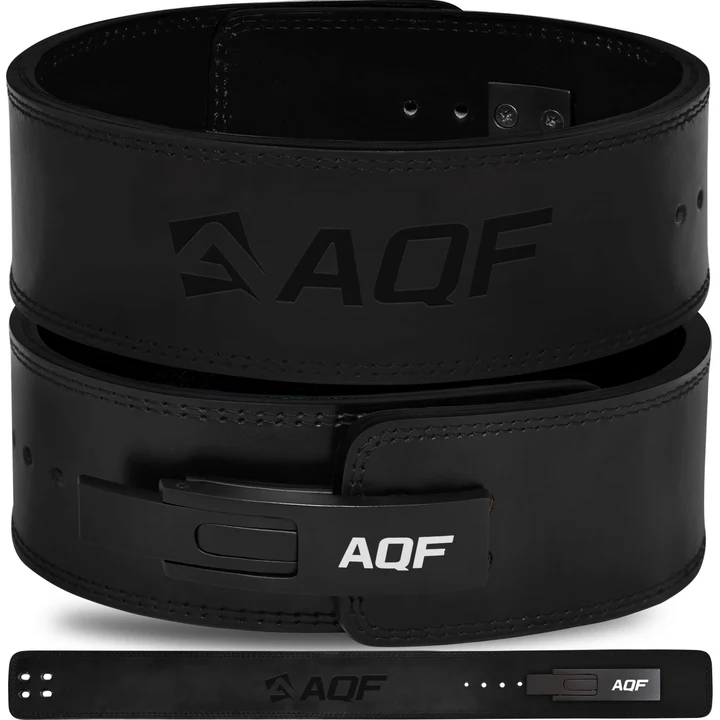
A belt helps protect your lower back when you’re lifting something really heavy. It gives your core more strength and keeps your back in the right position. This can stop you from hurting your spine during squats or deadlifts.
- Keeps your back strong and stable
- Helps prevent back pain or injury
- Can lower back pressure by almost half during heavy lifts
Wearing a lifting belt can reduce spinal compression forces by up to 50% during heavy squats and deadlifts.
2. Wrist Wraps
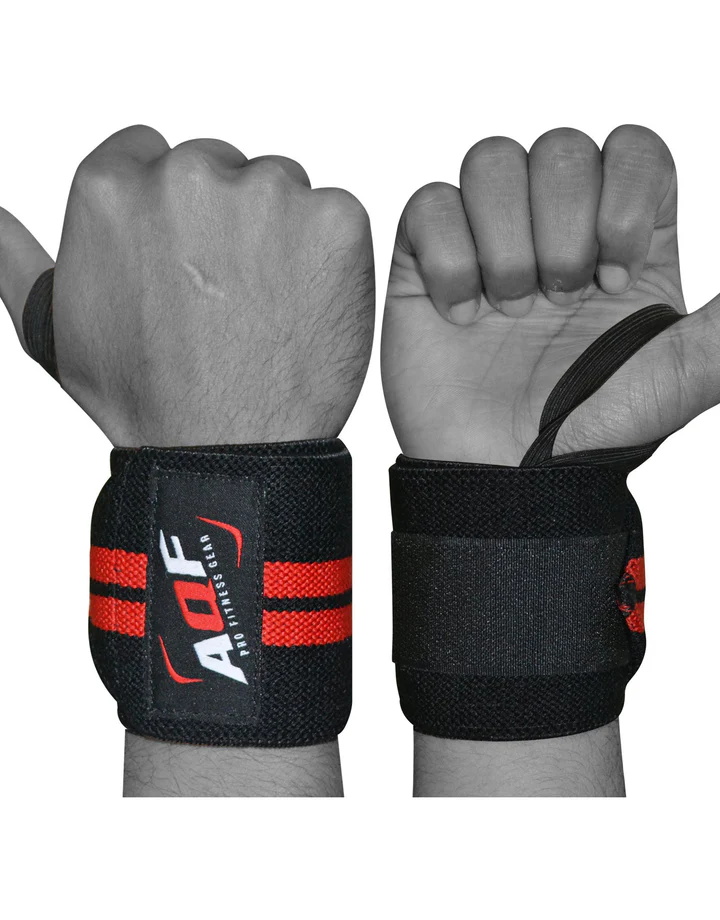
Wrist wraps are great when you’re doing exercises that push weight above your head or in front of you. They keep your wrists from bending too much and stop them from getting sore or hurt.
- Good for bench press, overhead press, and front squats
- Keeps your wrists steady
- Helps avoid wrist pain or strain
3. Knee Sleeves or Wraps
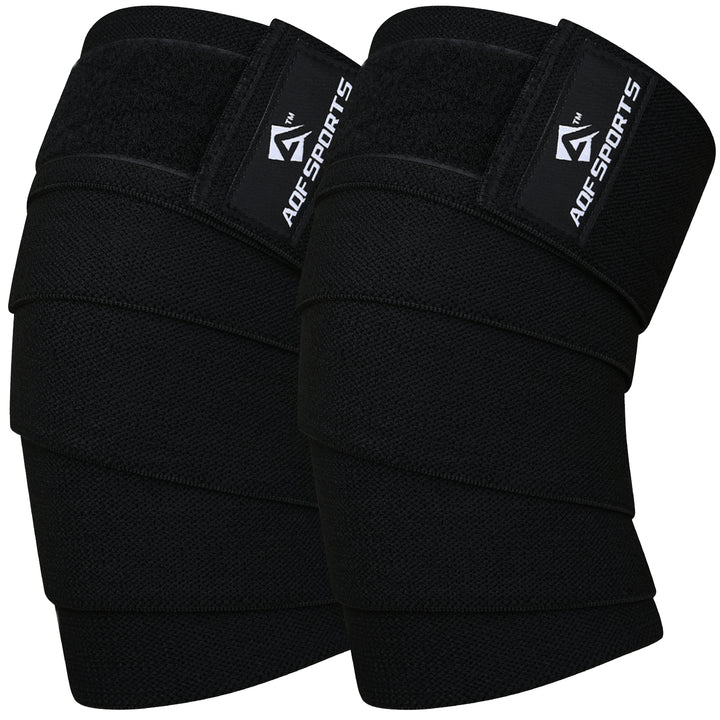
These go around your knees to give them support and keep them warm. They help your knees feel more stable while you move and protect them during leg exercises.
- Helpful for squats, lunges, and leg press
- Reduces pressure on your knees
- Makes you feel more balanced while lifting
4. Lifting Shoes
These shoes are made just for weightlifting. They have a hard, flat bottom and a small heel to help you stay balanced and squat better. They give your feet a strong base so the rest of your body moves safely.
- Great for squats and Olympic lifts
- Helps with ankle movement and posture
- Lowers the risk of ankle, knee, or hip injuries
5. Lifting Straps or Grips
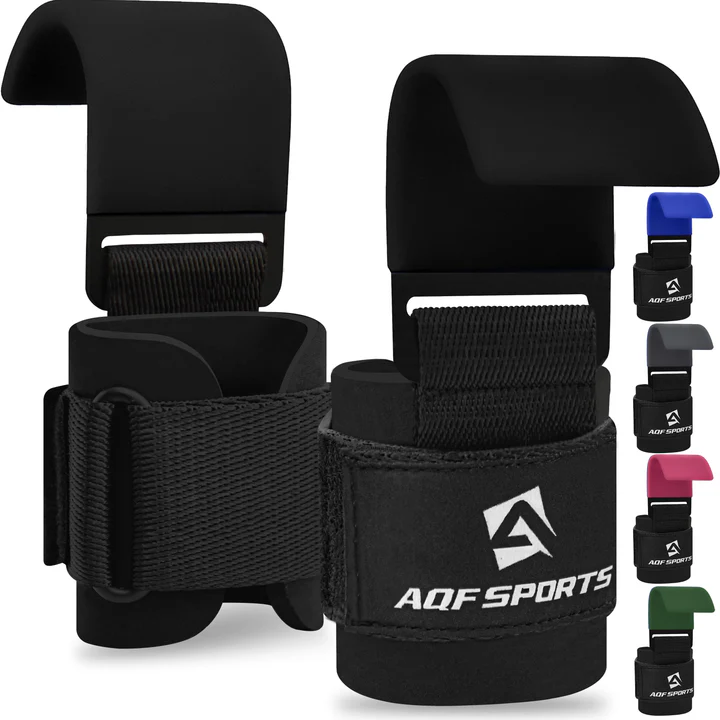
If your hands get tired before your muscles do, straps can help. They wrap around the bar so you can hold on easier and lift more weight without hurting your hands or wrists.
- Useful for deadlifts, rows, and shrugs
- Stops your grip from giving out too early
- Helps avoid hand and wrist pain
Common Injuries You Can Avoid With Proper Gear
Wearing the right weightlifting gear like belts and wrist wraps can drastically reduce your risk of weightlifting injuries during heavy lifts.
- Lower back pain – A belt supports your lower back when lifting heavy, so you don’t hurt yourself.
- Wrist pain – Wrist wraps keep your wrists steady and stop them from bending too much.
- Knee problems – Knee sleeves or wraps give your knees extra support and help keep them safe.
- Shoulder strain – Wearing proper lifting shoes and having good form can take pressure off your shoulders.
- Grip or elbow pain – Lifting straps help you hold onto the bar better so your arms and elbows don’t get too tired or sore.
What Happens When You Skip the Gear?
Let’s say you do heavy squats without a belt. You might feel fine at first. But after a while, your lower back can start working too hard. That can lead to pain or even a back injury.
The same goes for squatting in running shoes. They’re soft and not made for lifting. Your feet won’t be stable, your knees might shake, and your hips can get hurt.
It’s not about being scared. It’s about using the right gear to stay safe and keep lifting without problems.
Tips to Maximize Injury Prevention With Gear
Wearing gear is helpful, but it doesn’t mean you can forget about good form. Here are some simple tips:
1. Don’t wear a belt or wrap for every single set. Save them for your heavy lifts.
2. Always do a proper warm-up to get your muscles and joints moving.
3. Getting stronger is great, but don’t jump too much in weight too fast. That’s how injuries happen.
4. Cheap stuff can break or not support you well. Spend a little more on gear that lasts and protects you properly.
5. Your gear should feel snug, not tight or uncomfortable. If it doesn’t fit well, it might not work as it should.
Frequently Asked Questions (FAQs)
What are some safety measures that all weightlifters should follow?
Always warm up before lifting, use the right gear, and never skip proper form. Start with lighter weights and increase slowly to avoid injury.
What is the most common injury in weightlifting?
Lower back injuries are the most common, usually from bad form or lifting too heavy. Using a belt and keeping a good posture can help prevent this.
What are the principles of safe lifting?
Lift with control, keep your back straight, and use your legs to power the movement. Don’t rush, and always listen to your body.
Where to Find High-Quality Weightlifting Gear
Choosing the right gear is just as important as using it correctly. Brands like AQF Sports offer a range of durable, affordable lifting belts, wrist wraps, knee sleeves, and lifting straps designed specifically for serious lifters. Their products are built for performance, providing the support you need to lift heavier while minimizing the risk of injury.
Final Word
Getting hurt can stop you from working out for weeks, months, or even longer. Lifting weights always has some risk, but using the right gear makes it much safer and easier.
So next time you go to the gym, don’t just focus on lifting more — wear the right gear. Your body will thank you later.
